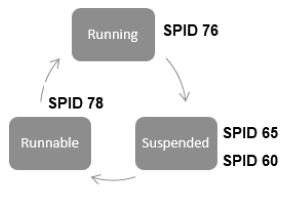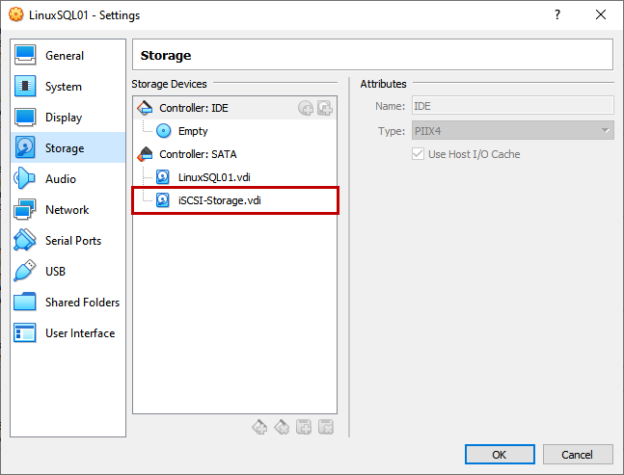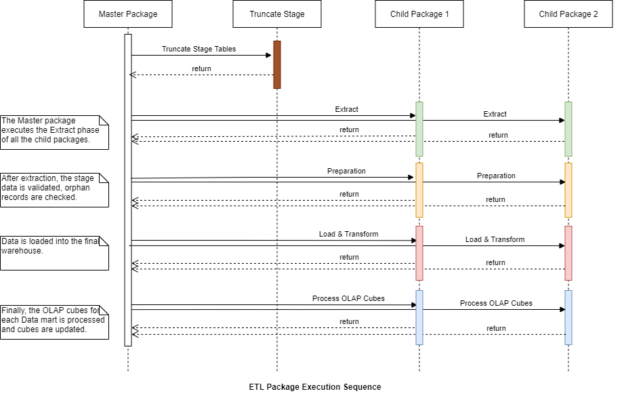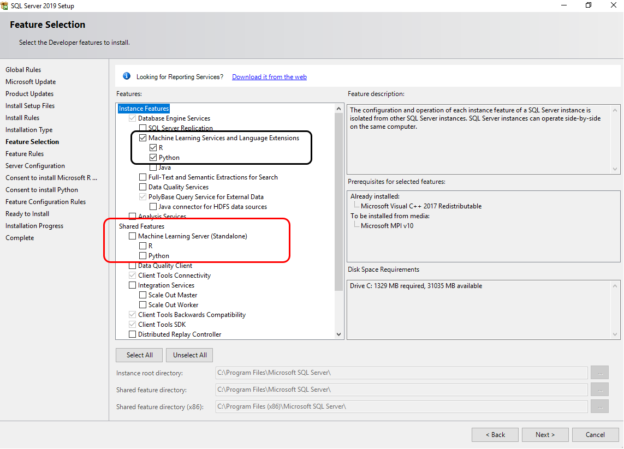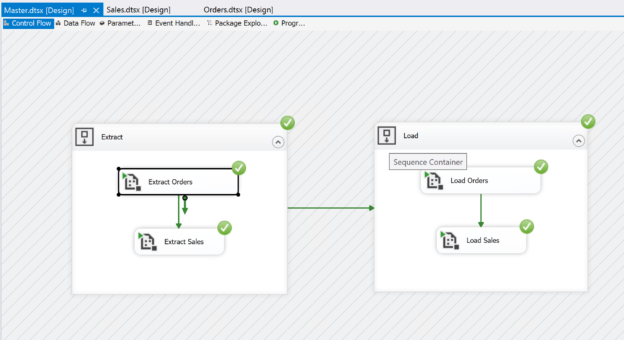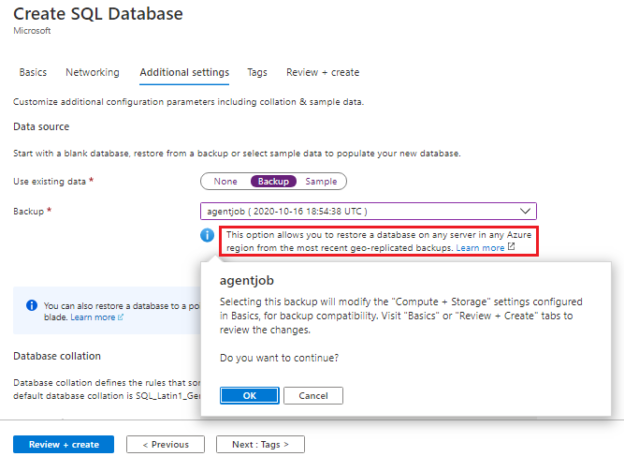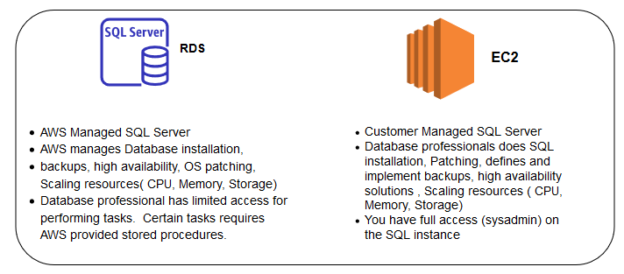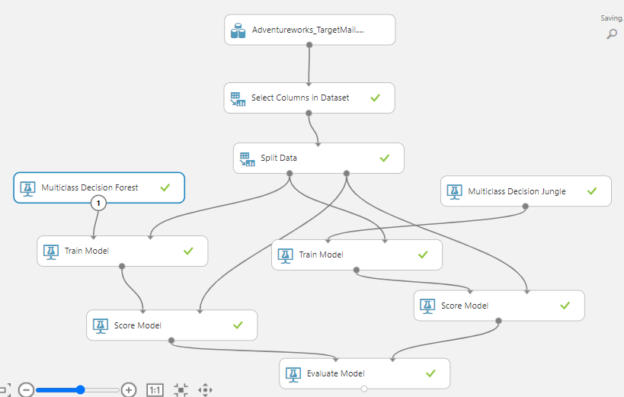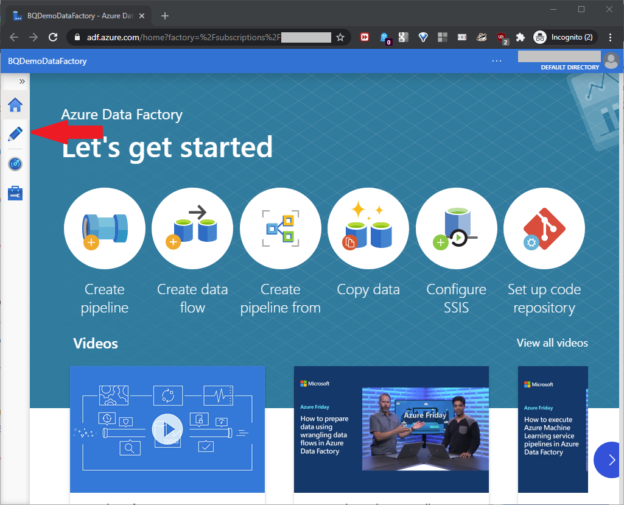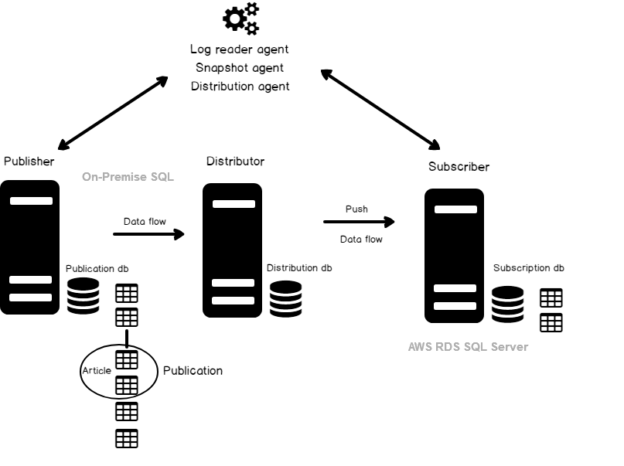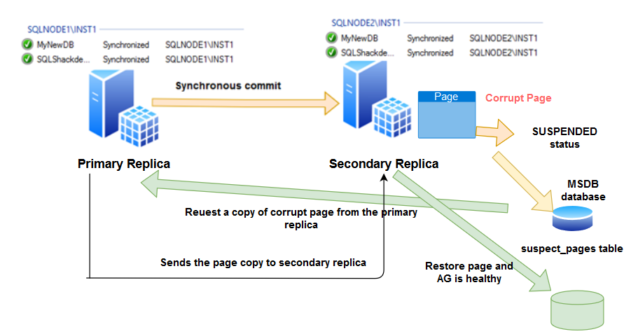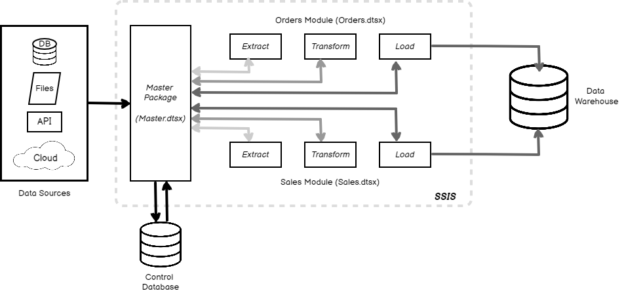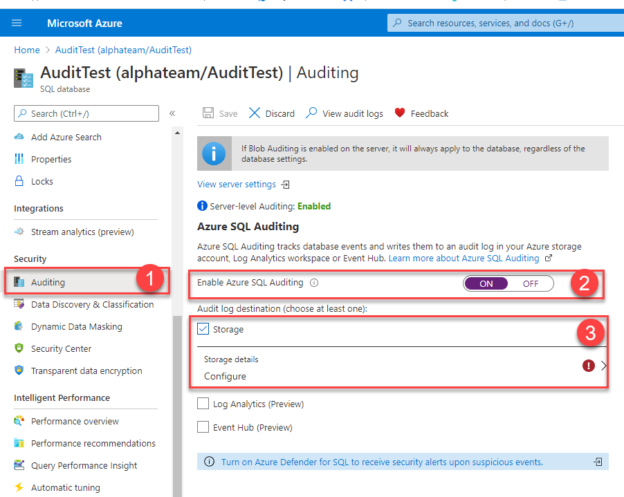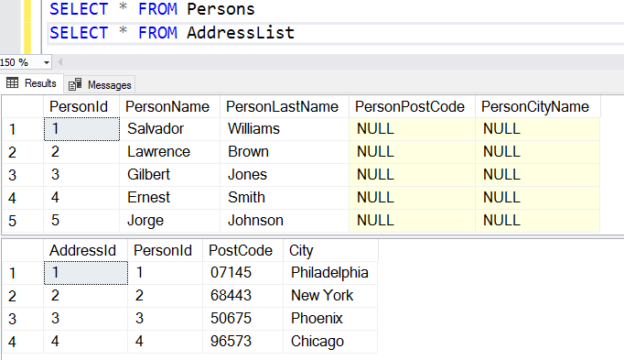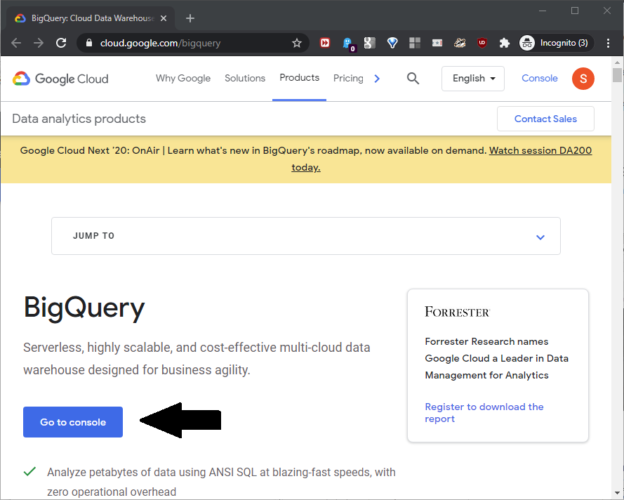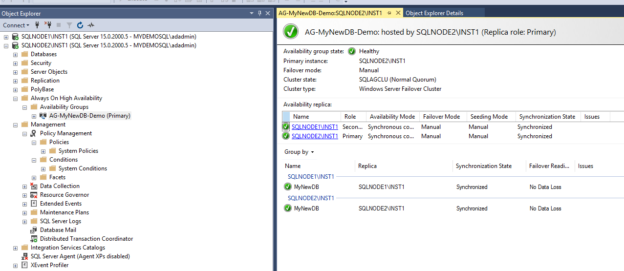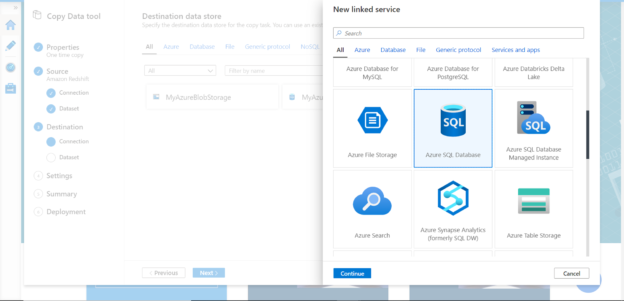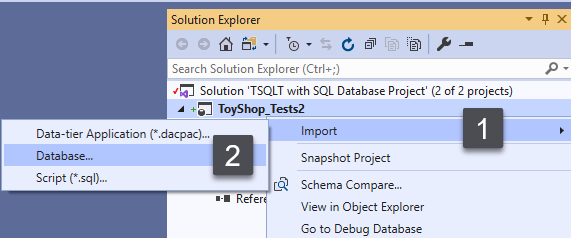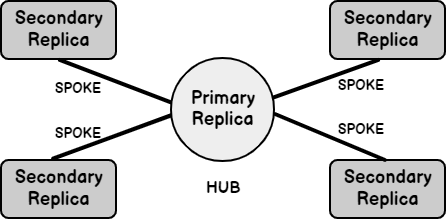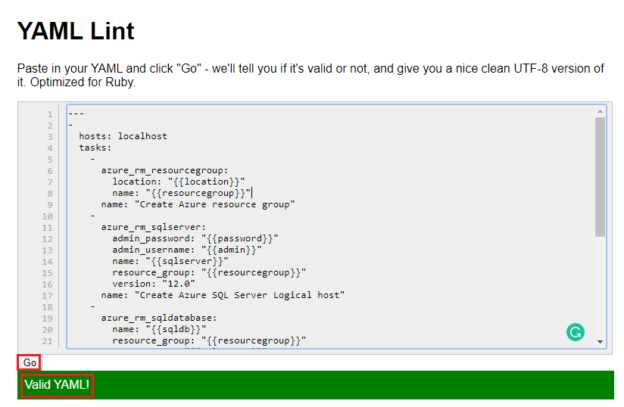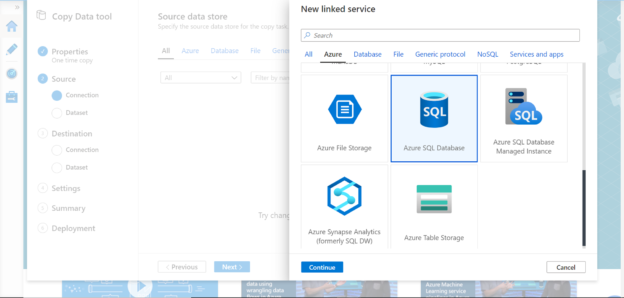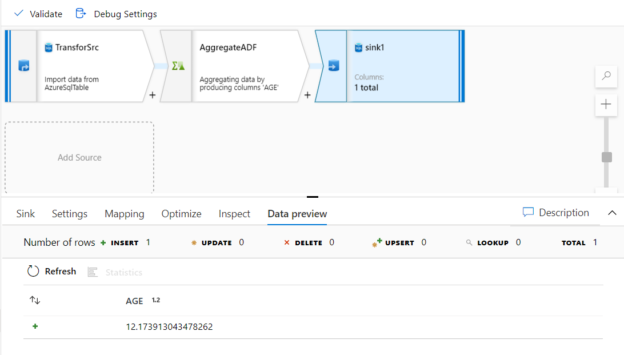Introduction
We can rely on Azure SQL to build reliable, high-quality relational database solutions. In the cloud, Google
offers BigQuery as a big data product that has large data capacities, and a standard SQL syntax. Although it can handle data manipulation, it works better as a data warehouse product because of certain product limitations. If we can integrate these products, they become even more useful. This two-part article will show how to link these products together. Part one here will show how to build a BigQuery resource, and then build a Google OAuth refresh token, or security key. Part two will show how to set up an Azure SQL data resource, and build, configure, and test the Azure Data Factory that will link those resources.
Read more »

